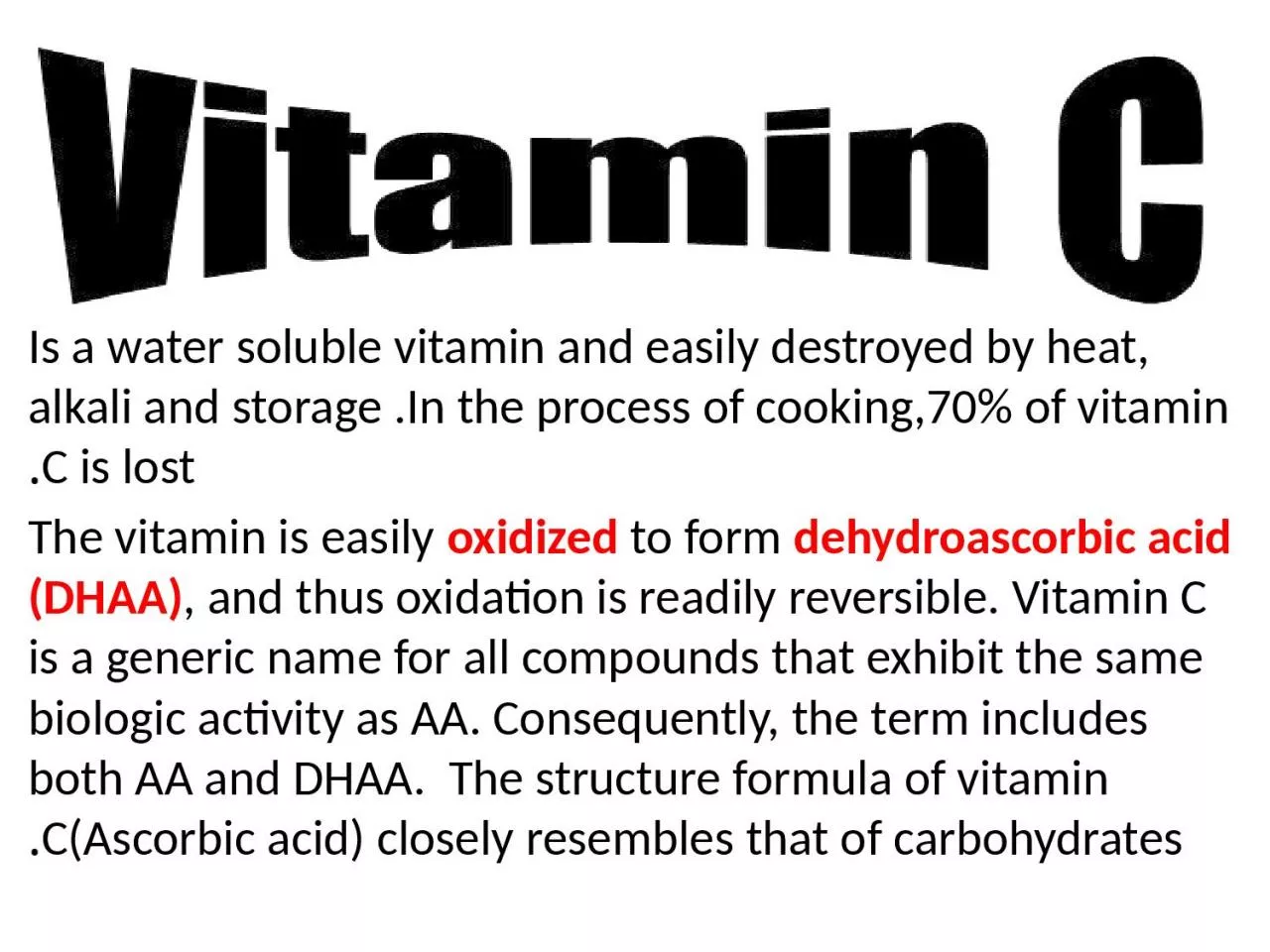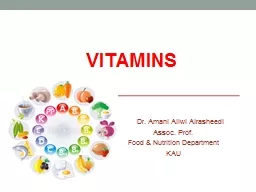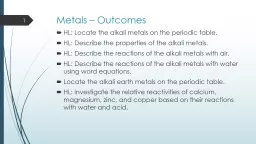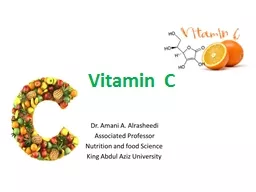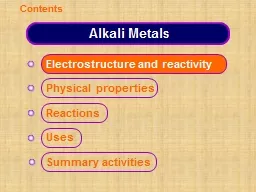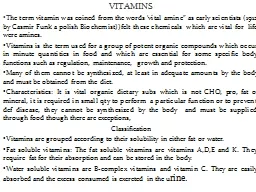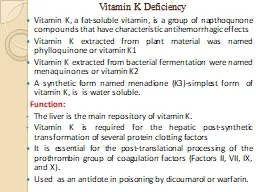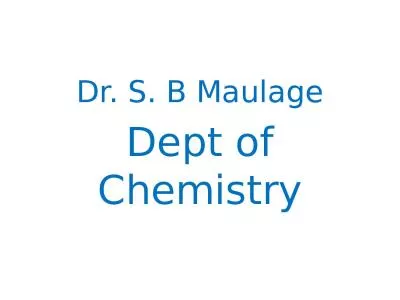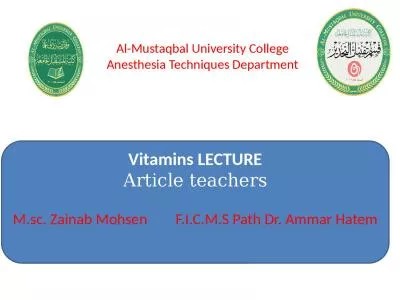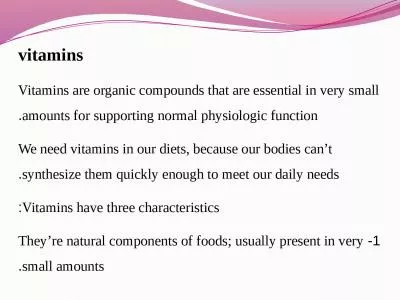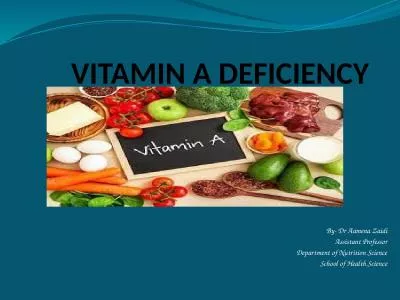PPT-Is a water soluble vitamin and easily destroyed by heat, alkali and storage .In the process
Author : PeacefulPanda | Published Date : 2022-07-28
The vitamin is easily oxidized to form dehydroascorbic acid DHAA and thus oxidation is readily reversible Vitamin C is a generic name for all compounds that exhibit
Presentation Embed Code
Download Presentation
Download Presentation The PPT/PDF document "Is a water soluble vitamin and easily de..." is the property of its rightful owner. Permission is granted to download and print the materials on this website for personal, non-commercial use only, and to display it on your personal computer provided you do not modify the materials and that you retain all copyright notices contained in the materials. By downloading content from our website, you accept the terms of this agreement.
Is a water soluble vitamin and easily destroyed by heat, alkali and storage .In the process: Transcript
Download Rules Of Document
"Is a water soluble vitamin and easily destroyed by heat, alkali and storage .In the process"The content belongs to its owner. You may download and print it for personal use, without modification, and keep all copyright notices. By downloading, you agree to these terms.
Related Documents

